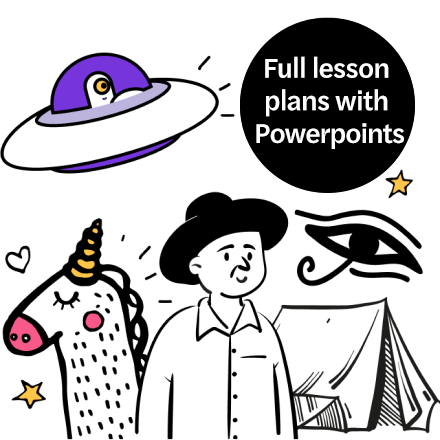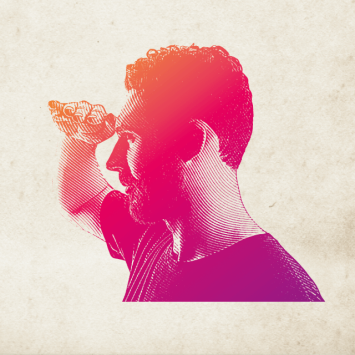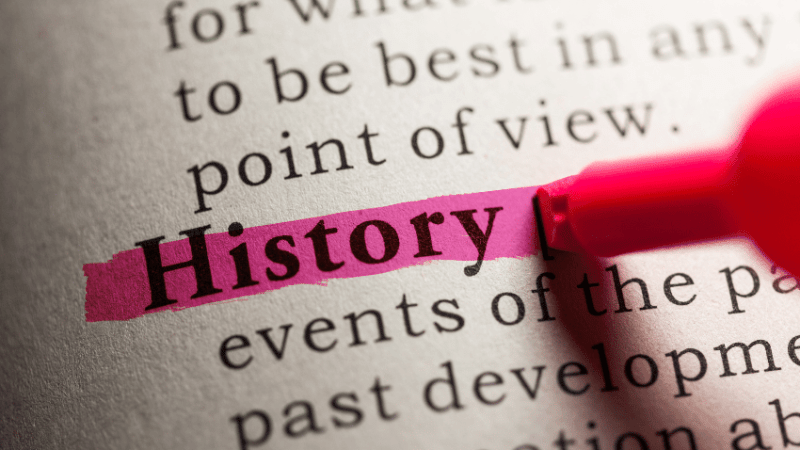Thinking In The Here And Now – Use Mindfulness To Improve Your Children’s Ability To Learn

Introducing mindfulness techniques can do much to improve students' mental well-being, writes Jan Leaver – but they can also work wonders for their attainment…

- by Jan Lever

Children, especially in the early years, learn holistically – that is, something they learn from one experience will connect with something else seemingly unrelated, to form a connection that builds context and meaning.
Introducing a mindful approach to teaching helps children to be more aware of their thoughts and feelings, which in turn helps them to develop emotional resilience and enhance concentration.
What is mindfulness?
Put simply, ‘mindfulness’ is the ability to observe your thoughts and feelings as they arise, in the present moment, without judgement. In recent years, there has been a huge increase in the level of academic research into what’s happening in the present moment in the mind, body and external environment.
According to the founder of mindful.org, Juliet Adams, there are three core elements to mindfulness:
A is for awareness Becoming more aware of what you are thinking and doing – what is going on in your mind and body
B is for ‘just Being’ with your experience Avoiding the tendency to respond on auto-pilot and feed problems by creating your own story
C is for ‘seeing’ things and responding more wisely By creating a gap between an experience and our reaction it, we can make wiser choices
This level of awareness enables children to ‘catch’ their thoughts and feelings before these carry them along and lead to choices and actions that may not help them or their learning. Being mindful can be learnt, but it takes practice.
Why is it important?
Mindfulness is currently being looked at by the UK government as having a potential role to play in wider efforts to tackle mental health issues across the UK. Last October, a report was released by the All-Party Parliamentary Group on Mindfulness, which extolled the virtues of mindfulness. The group’s recommendations to the DfE to test mindfulness in schools is causing a ripple effect, prompting many within the education sector to think about they can use its techniques to encourage wellbeing and a healthy future for the next generation.
At school level, and particularly in the study of PSHE – where the topics taught may be new and potentially confusing or conflicting for children, such as sex and relationship education or bullying – a mindful approach can help develop awareness in an enjoyable and safe environment.
Being able to process our own thoughts and feelings as they arise gives us the choice of how to respond to them. This can have a profound effect on how we cope with our later development and life choices, especially for children who are constantly learning across a multitude of subject matters.
If a child is struggling with numeracy, for example, they can become more aware of their thoughts and feelings and ask for help. If, however, their thoughts and feelings carry them along (‘I can’t do this’; ‘Everybody else can do it, so I’m stupid’), it can result in consequences that don’t help the learning process at all.
How should mindful techniques be introduced into lessons?
If you’re a teacher who’s new to the subject of mindfulness, try adding a short breathing activity to the start of the daily class routine.
Invite the children to sit comfortably in a circle. Allow them time to become aware of their breath. They can close their eyes, or focus on a particular point in front of them. Explain to the children that you want them to focus on breathing in through their noses and then gently breathing out their ‘Rainbow Breath’ through their mouth. Ask them to imagine that their breath is in the shade their favourite colour; alternatively, get the children counting their breath – in for a count of 3 or 4, and then out for a count of 5 or 6.
This technique is what we call ‘Calm Me Time’ in our PSHE lesson programmes. It relaxes the body and calms the mind. It also enhances this awareness of thoughts and feelings in the present moment.
Why not research some further simple mindful techniques that you can introduce into your lesson plans? Imagine if every child in your school were able to be more mindful through regular practice and Calm Me Time – how much of a difference that would that make to how they learn; now and in the future?
We are still some way off mindfulness being delivered in schools at scale, but the education sector can help us move towards this by implementing simple mindfulness techniques into schools. If your school can help, you can contribute to our work in growing the evidence base of of mindfulness’ benefits in education settings.
For more information, visit www.jigsawpshe.com or follow @jigsawpshe










